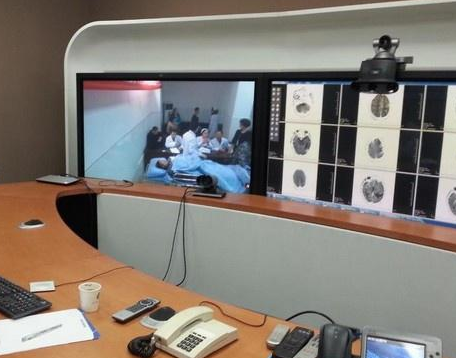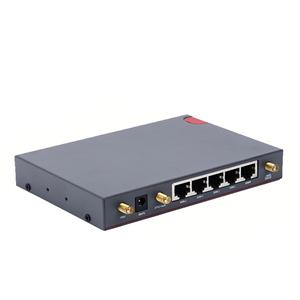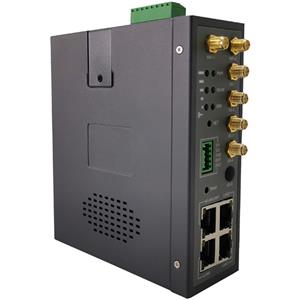The telemedicine system with 4G routers
Application
The telemedicine system is divided into real-time online mode and non-real-time (offline) mode, which enables patients to receive timely assistance in real time. The non-real-time mode refers to transmitting the data of the demand side of the medical service to the service provider at any time, waiting for processing. Because telemedicine is characterized by patients in remote locations, some of the information that can be obtained from face-to-face visits may not be available or directly available (eg, touch, etc.)

This puts new demands on traditional medical equipment. Mature telemedicine services can include chronic counseling such as psychological counseling, supplementary prescription drugs, diabetes, chronic obstructive pulmonary disease, and congestive heart failure. It can also include data transmission and storage such as image data, and obtain second consultation advice. Including emergency, trauma, stroke, intensive care and other remote two-way video guidance treatment.
The problem facing telemedicine is how to digitize this information and transmit it online, such as electrocardiogram, blood pressure, blood oxygen and other physiological and electrophysiological parameters detection technology, B ultrasound, CT and other medical imaging technology, blood, urine, body fluid Detection technology for various biochemical content indicators. Telemedicine has been widely used worldwide. It also plays an active role in the treatment of cardiology, brain surgery, psychiatry, ophthalmology, radiology, and other medical specialties.
Technical deployment
Telemedicine communication mainly transmits data forms such as medical information text, video, audio, and images. The data and text information has a small amount of data, and the communication requirements are not high. The amount of video and audio signals is large, and it is often necessary to simultaneously transmit video and audio signals in a remote real-time consultation.
For medical networking or data collected, it is often necessary to use some medical image information, such as X-ray images, CT images and other still images and moving images, which require a communication network with faster transmission speed and stability. Therefore, the 4G carrier signal replaces the network cable communication. The 4G router provides stable 4G network, is like the mobile phone WeChat HD video. The video is clear and not stuck, and the TCP/IP protocol is uploaded, which is in line with the networking mode of the medical device. As long as the mobile phone SIM card has a network place, the 3G/4G Homtecs industrial router can access the Internet, automatically disconnect the network from the network, and automatically report the fault information of the medical device to the specified database.

Advantage
★ Rich data interface, equipped with LAN port, WAN port, RS232, RS485;
★ WAN port can be customized into LAN port, which can be expanded to 5 LAN ports;
★ Storage and retransmission, no packet loss, support for TF card, can be extended to 32G storage;
★ Non-destructive transmission of data such as multiple VPN protocols and DTU transparent transmission protocols;
★ Signal enhancement technology and multi-level protection mechanism, so that data is not lost;
★ CPU comes with watchdog, hardware circuit and software watchdog;
★ Intelligent software wake-up and hardware power-off restart mechanism to ensure normal operation of the equipment;
★ Adopt PPP layer heartbeat, ICMP detection, TCP heartbeat link detection mechanism;
★ Automatic network recovery, disconnected and reconnected to ensure that the device is permanently online;




